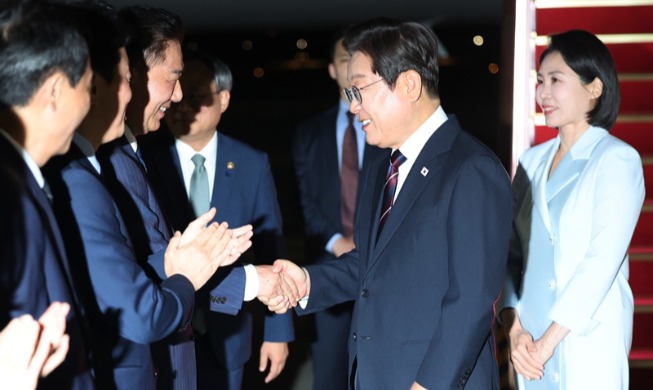- 한국어
- English
- 日本語
- 中文
- العربية
- Español
- Français
- Deutsch
- Pусский
- Tiếng Việt
- Indonesian
By Honorary Reporter Arachika Kapoor from India
Illustration= Arachika Kapoor

This illustration intends to metaphorically depict how Japanese officials attempted to cover up parts of history associated with their nation's Meiji Industrial Revolution by trying to remove Koreans forced to work from the story and conceal historical facts.
Twenty-three sites of Japan's Meiji Industrial Revolution were designated UNESCO World Heritage Sites in 2015. They include seven locations where approximately 33,400 Koreans were forced to work during Japanese colonial rule of Korea including Hashima (Battleship) Island, where 500-800 Koreans were forced to work and around 122 of them died.
The Japanese government in June this year opened the Industrial Heritage Information Centre in Tokyo to introduce these 23 sites. Japan in 2015 promised UNESCO and the world that this center would recognize the Korean victims at several of the sites during World War II. This pledge was not kept, however.
The Korean government and the world have thus expressed their protest against Japan, which refuses to admit to the Korean victims it forced to work in the past.
chaey0726@korea.kr
*This article is written by a Korea.net Honorary Reporter. Our group of Honorary Reporters are from all around the world, and they share with Korea.net their love and passion for all things Korean.
Most popular
- Military discharge sets stage for reunion of all 7 BTS members
- 'We are back!' BTS Festa heralds hyped return of K-pop phenom
- Presidents Lee, Trump discuss tariff deal in first phone talks
- President Lee leaves for G7 Summit in Canada on first int'l trip
- 'Maybe Happy Ending' wins 6 Tonys including Best Musical
